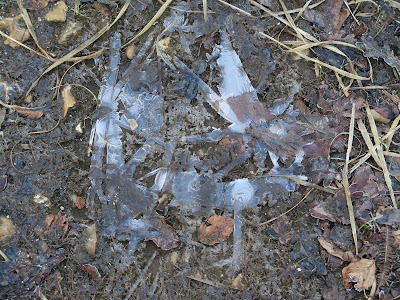After so many wet days, we had a drier afternoon on Thursday when we drove down to the coast.
Keyhaven Marshes is an internationally important wildlife reserve to the west of the Lymington River. It is managed by the Hampshire and Isle of Wight Naturalists` Trust.
We walked past the harbour, where small boats sheltered from south westerly winds in the lee of Hurst Spit.
The coastal path eastwards is on the narrow sea wall that divides inland marshes from the Solent sea.
Westwards, across the raised Spit, early storm clouds were rumbling in on the tail of Storm Gertrude, which was already arriving in northern England and Scotland.
Brighter skies still shone across to the Isle of Wight. The lighthouse at Hurst Castle can just be seen.
The salt marshes were still flooded from a high tide.
A curlew hunted for food on raised marsh near the footpath. It was beautifully camouflaged, but reflection revealed its presence.
Brent geese landed on water.......
........and pochard sheltered and fed on the edge of the lagoon, on the landward side of the sea wall.
My current point-and-shoot camera doesn`t have a long lens, but the three birds behind the pair of mallard are a male shoveller and two females.
A sun trail from the west.
We walked for forty minutes before turning back. Slate Grey Dog will walk for longer when she has grown up. She was excited by the ever-moving sea, by the biting wind and the calling birds.
Westwards, Hurst Castle guards the entrance to the Solent, against a backdrop of the Island's western chalk cliffs and the Needles.
Eastwards, the sea wall path stretched onwards to Lymington.
Sunlight turned reeds to gold. They shook and shimmered in a freezing wind. White yacht masts shone on the horizon, moored in the calm of Lymington Harbour.
Walking back past the inland lagoon, we found that flocks of geese and waders had arrived to feed and find evening shelter.
Brent geese, gulls, a flight of dunlin, oystercatchers with their haunting cry........
...and a flock of lapwing too fast to be caught on film.
More flocks and skeins of geese flew towards the shore from inland feeding grounds.
A cold sky filled with the cries of birds.




























































